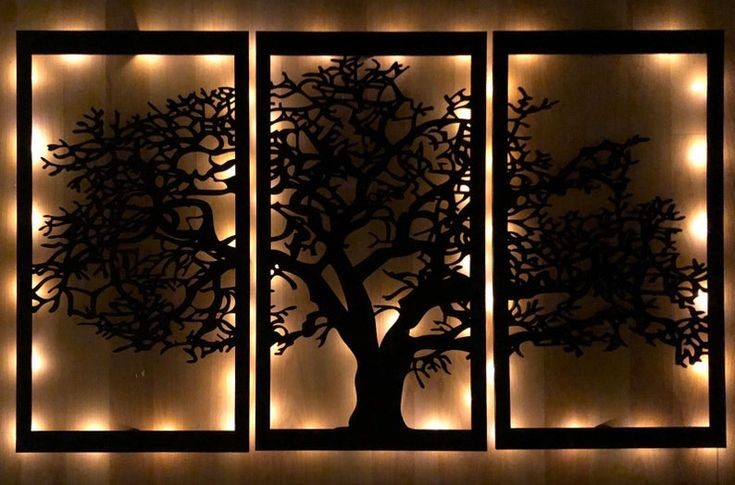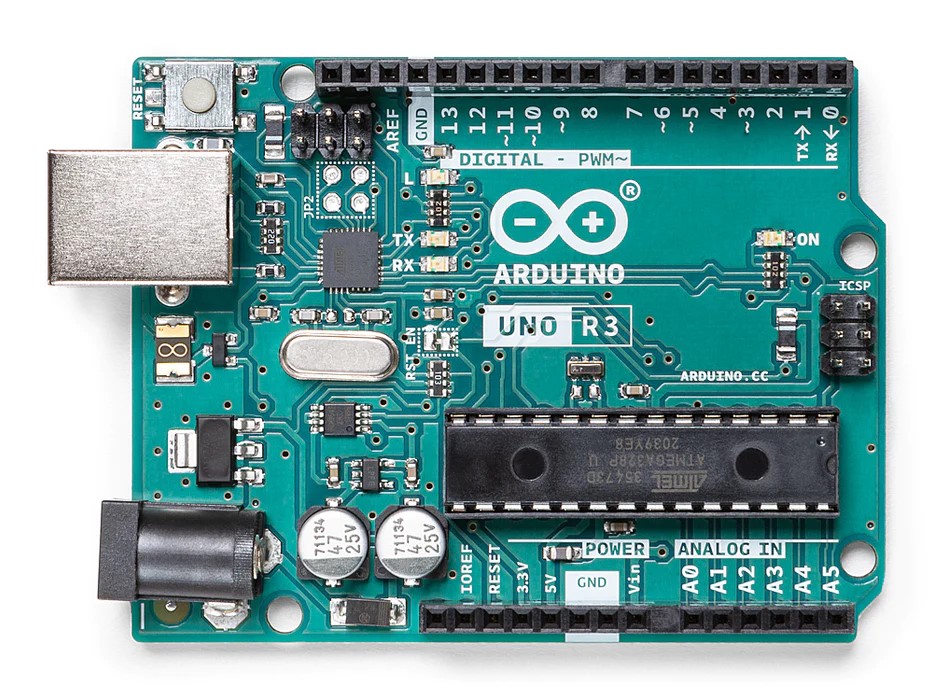For my final project I intend to achieve a minimalist nature aesthetic through the use of laser cutting acrylic, coding individually addressable LEDs, and utilizing an Arduino Uno tied with a photoresistor to act as the brains behind the dynamic aspect of my project. My end goal is to create a wall fixture that resembles the flat iron mountain range with back lighting that dynamically changes to resemble the time of the day through detection of a photo resistor that is wired to an Arduino uno. 
The image above presented by Adobe Stock (1) represents the color pallet that I seek to achieve for the LED lights when the photoresistor detects that the sun is setting in the evening. This represents the first aspect of my project that I really want to look spot-on as it will be the time of the day when I usually get home. The second aspect of my project that I want to make sure is done correctly would be the wiring from the Arduino Uno -> flat irons -> photoresistor -> wall outlet; the main goal for this would be to make the wiring as clean as possible. If there is a large jumble of wires I believe it would make the end product look messy and take away from my aesthetic. The third aspect that I want to focus on is the coding that needs to be done correctly to make the LEDs act according to what I want. The fourth aspect of my project that I need to prioritize for my project is the laser cut silhouette that I intend to use for my finalized design. Without a proper template for the flat iron mountain range I believe that part of my aesthetic could be lost to the viewer. Finally, the fifth aspect that I need to spend close attention to is that of the LED placement and spacing of the flat iron silhouette on my wall. Too close and the back splash of light will be to concentrated, and too far could lead to a washed out effect that does not distinguish the color profile that I have intended.

The image above presented by Etsy.com (2) represents the backlighting effect that is representative of what I seek to achieve with my finalized design.
Along with my top five specifications I also have compiled a list of the top five constraints that I expect to encounter as I progress through my project. First and foremost is the time commitment that will be necessary to code and tune the LEDs to the correct color tone needed. As you may well know coding can cause major speed bumps that take up a lot of time, this is why I believe this will be the largest constraint that I will encounter. The second constraint I am expecting is painting the acrylic; I have had previous experience trying to spray paint acrylic and have found that it is much more difficult than you may imagine. For my third constraint, the lead times on some of the products that I need to accomplish this project are over a week, so I need to delegate my time efficiently so that I do not fall behind on my project. The fourth constraint I am facing is the LEDs; my hope is that I ordered the correct individually addressable LEDs that are going to be compatible to my Arduino UNO controller. Finally my fifth constraint lies with the photo resistor detecting the correct time of day to relay back to the Arduino. If I do not place the photoresistor in a well lit window I may encounter false reading that will effect the overall color tone of my project.

The above image provided by store.arduino.cc (3) represents the headache and accompanying brain that I will have to overcome to make sure I have a successful end product for my aesthetic of choice.
Works Cited
(1) Stock, A. (2022). Mountain+with+Sunset images – browse 3,652,683 stock photos, vectors, and video. Adobe Stock. https://stock.adobe.com/search?k=mountain%2Bwith%2Bsunset
(2) Etsy, E. (2023, March 23). This item is unavailable: Etsy: Wall art lighting, light wall art, Mountain Decor. Pinterest. https://www.pinterest.com/pin/this-item-is-unavailable–877498308625391119/
(3) Uno, A. (2022). Arduino Uno REV3. Arduino Official Store. https://store.arduino.cc/products/arduino-uno-rev3

4 Comments. Leave new
John,
You are using an arduino UNO as the brains for your project, those things are fantastic! They are very handy for being simple to use but complex in ability, and I want to ask: have you looked up if anyone has pre-existing code for your light sensor task? One of the best things about arduino is that it is all open-source, meaning that how the arduino functions is completely open to the public as well as the projects people do with them are allowed to be posted freely. As you mentioned the code will be the hardest part, so looking up if anyone has done anything similar might give you some of that time back. Good luck!
Hello Sir Lister, you have a great point about looking up pre existing code and as such I have done so and found a great skeleton code that I will be using. Thank you!
Hi John, I like that you are trying to have an art piece that looks different at the different time of day and think it is cool to sense the amount of light to determine that. Instead of painting your acrylic have you considered using a colored acrylic or markers?
Hi Abigail, after lots of consideration I actually decided to go with MDF wood so that the painting process would be less of a headache. Nonetheless, your colored acrylic idea is really smart.